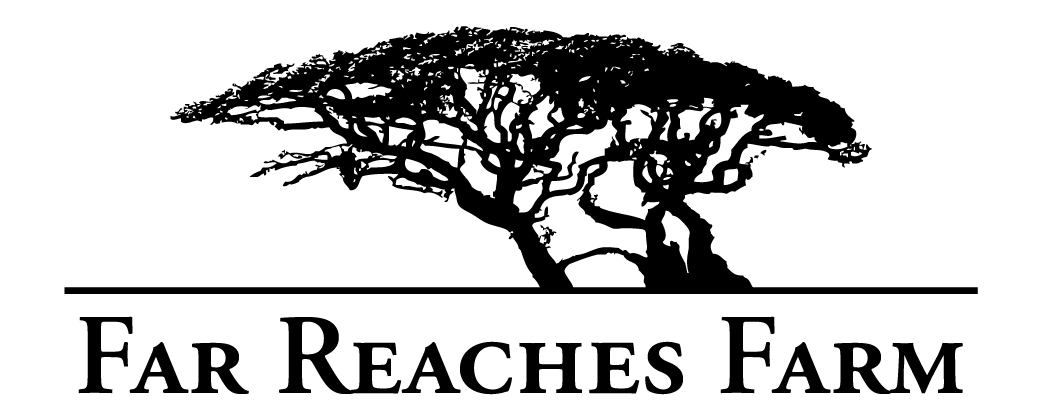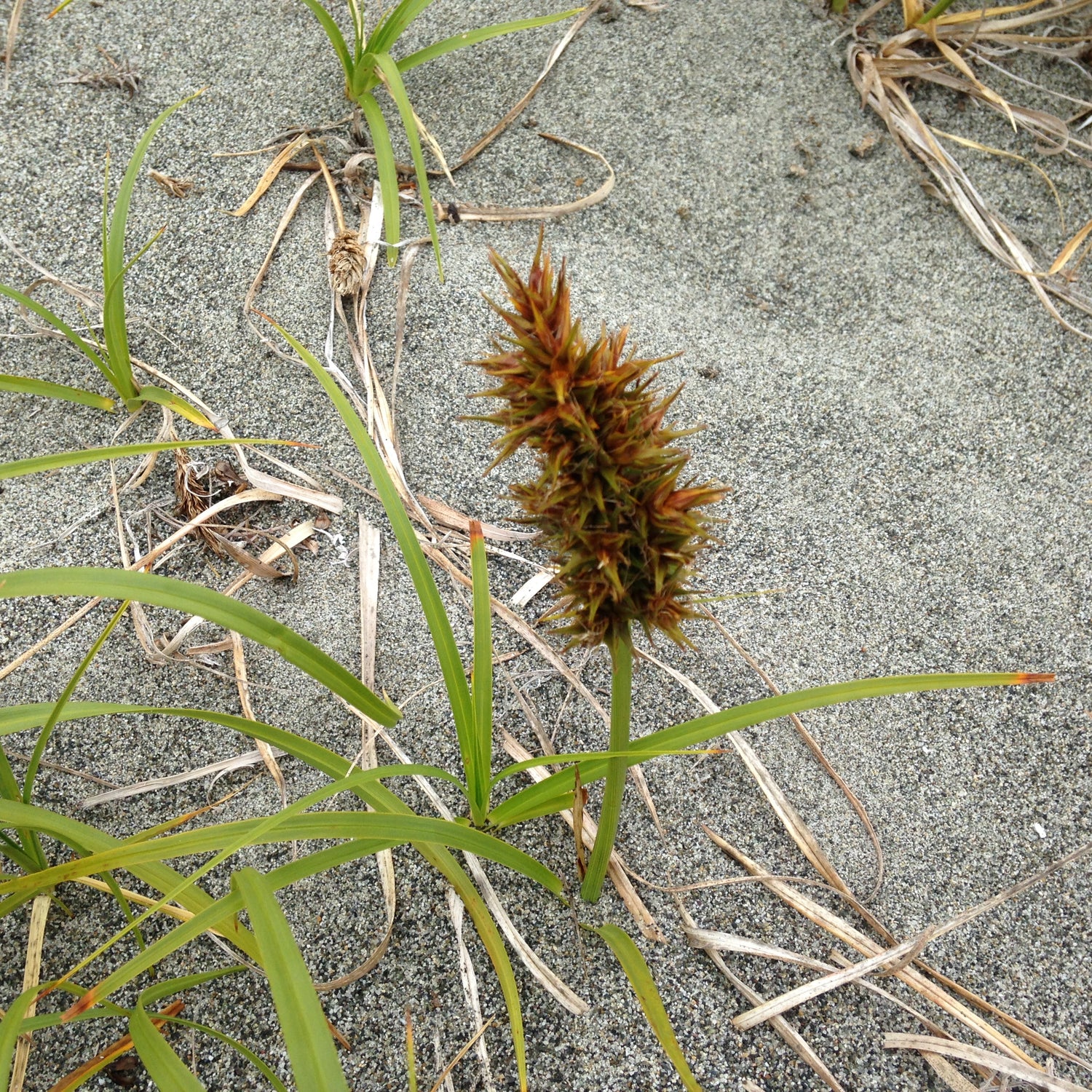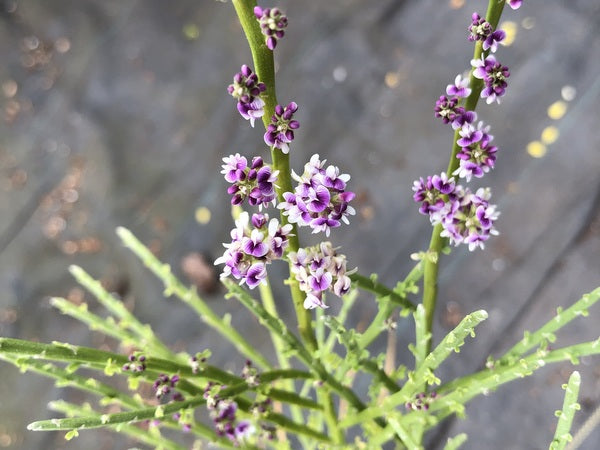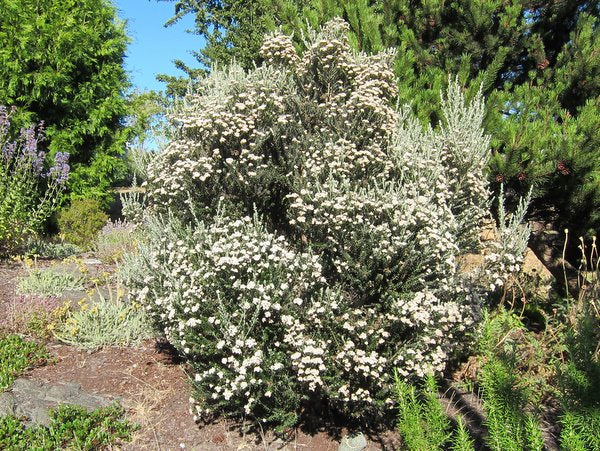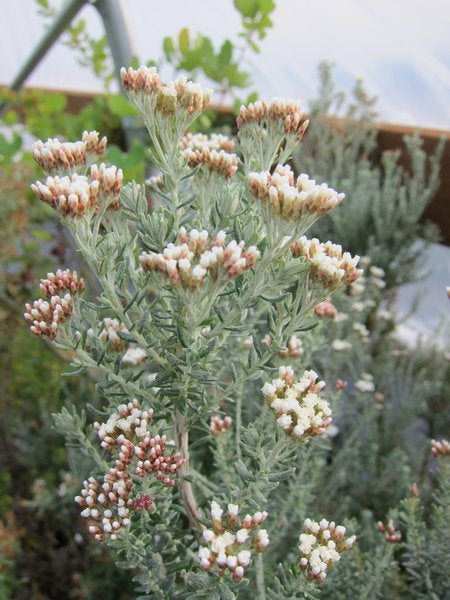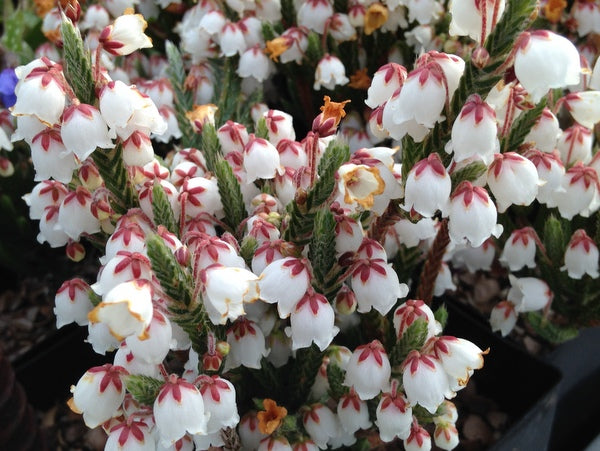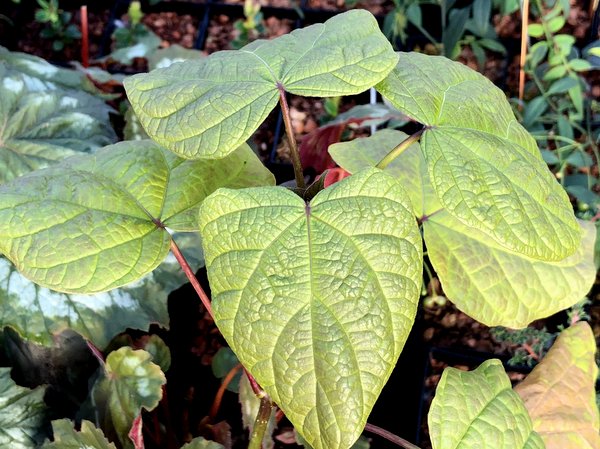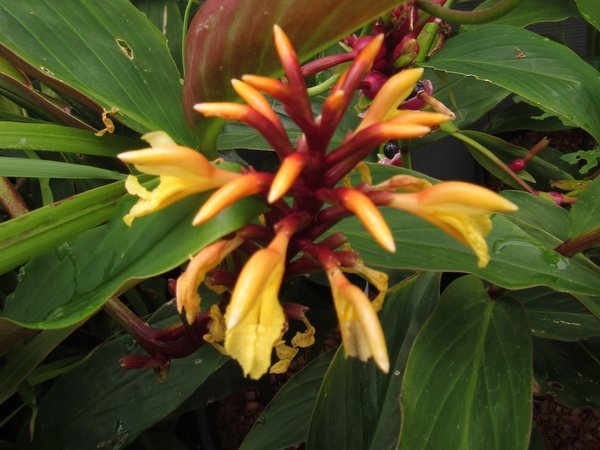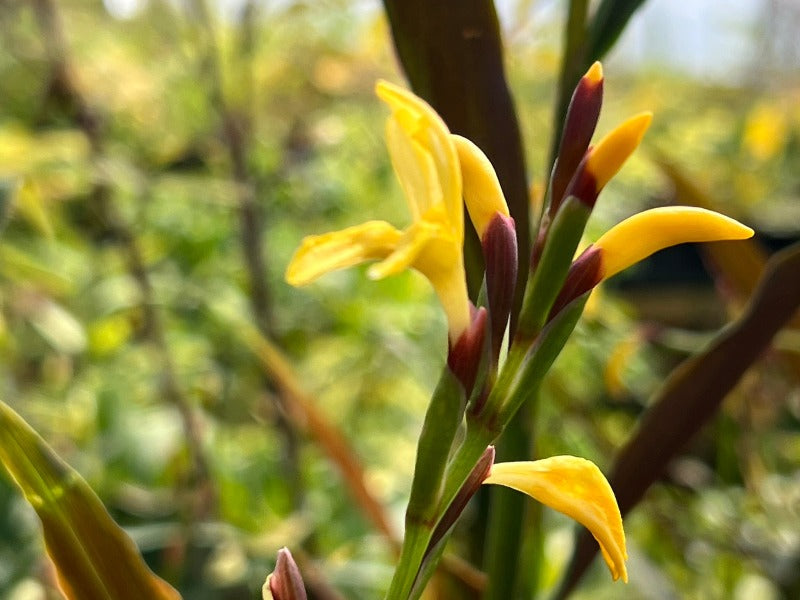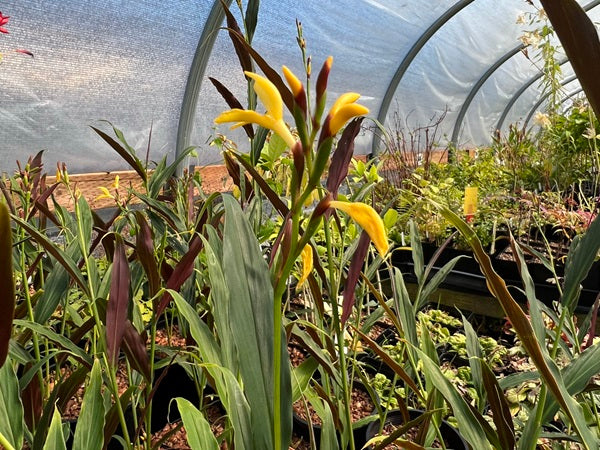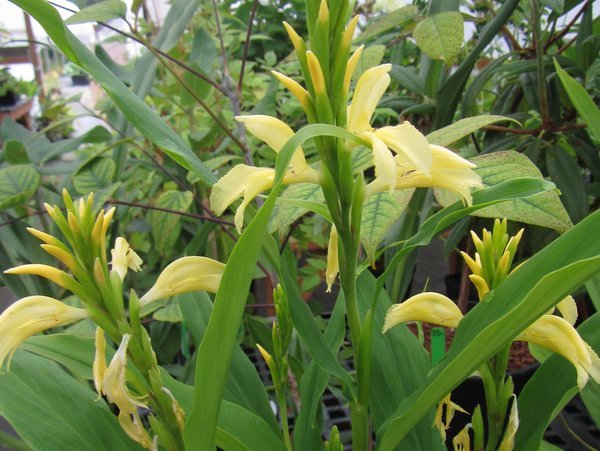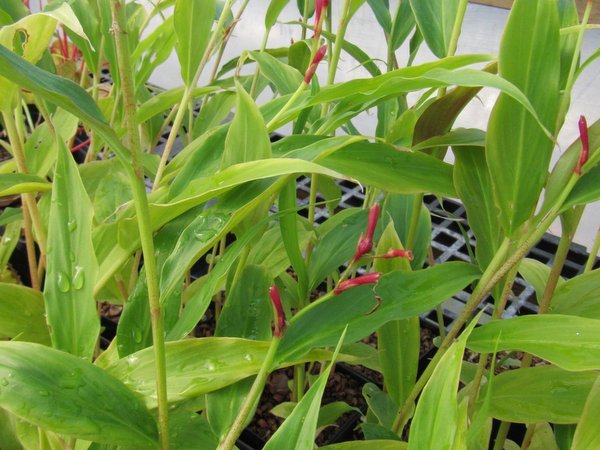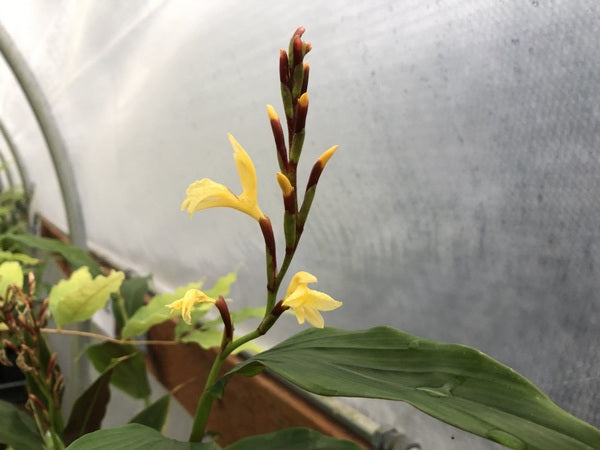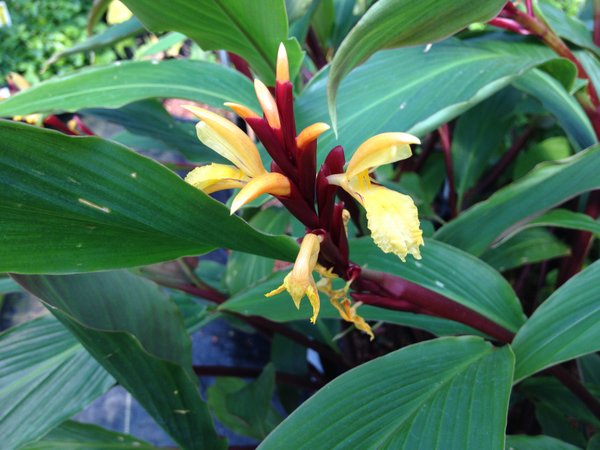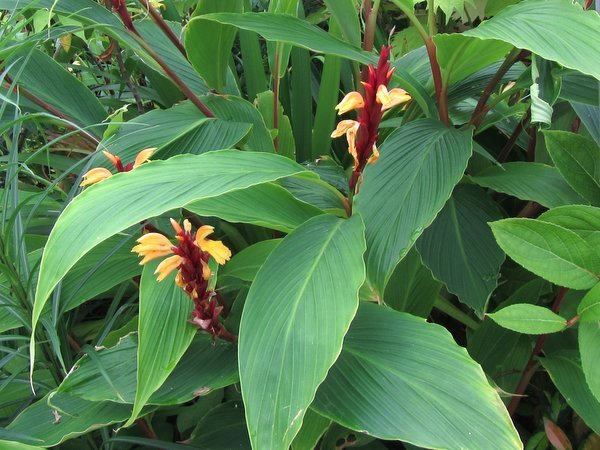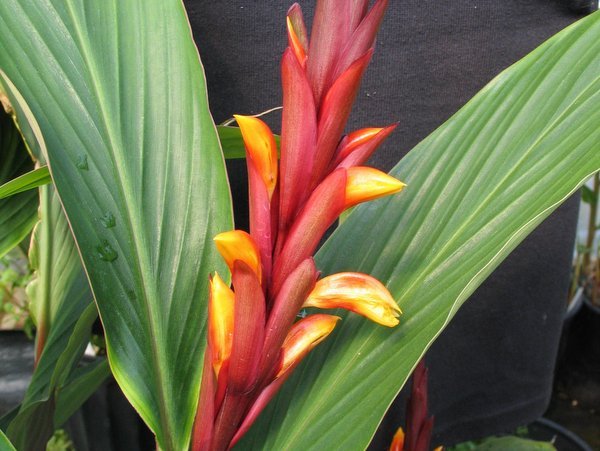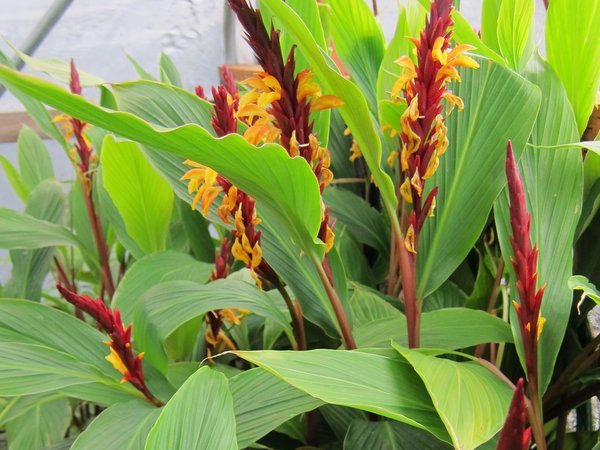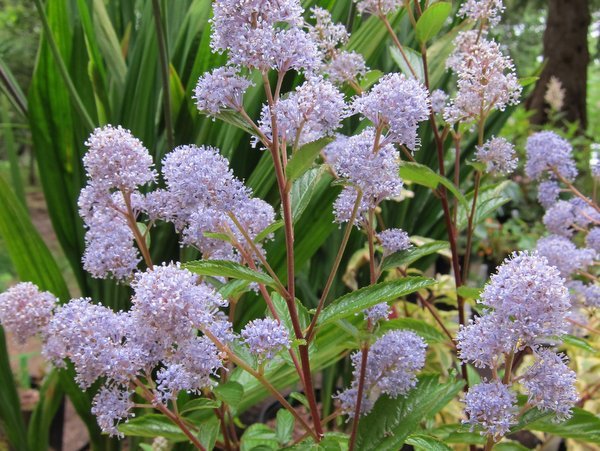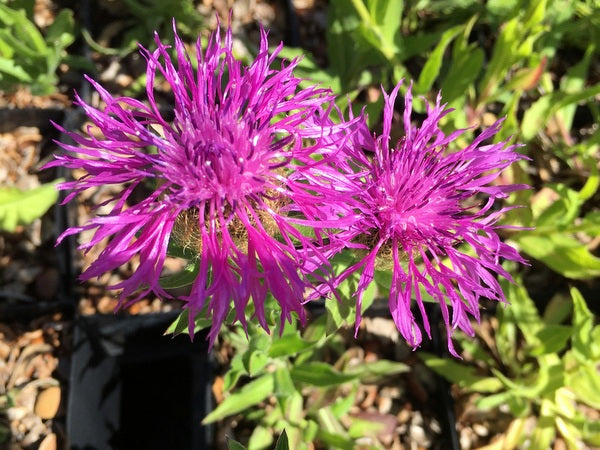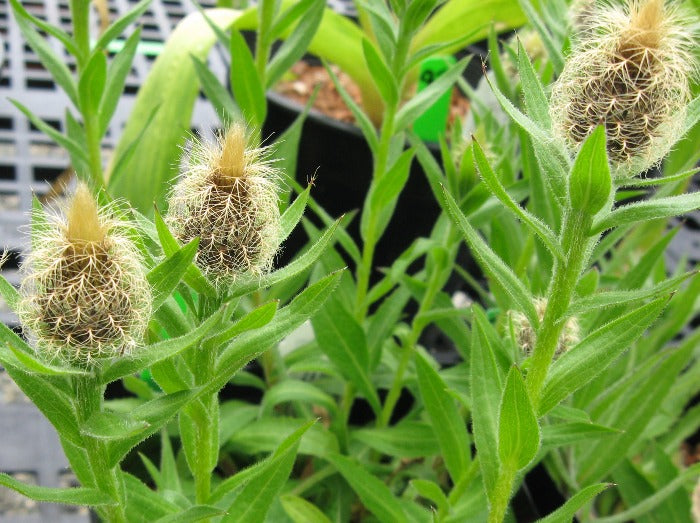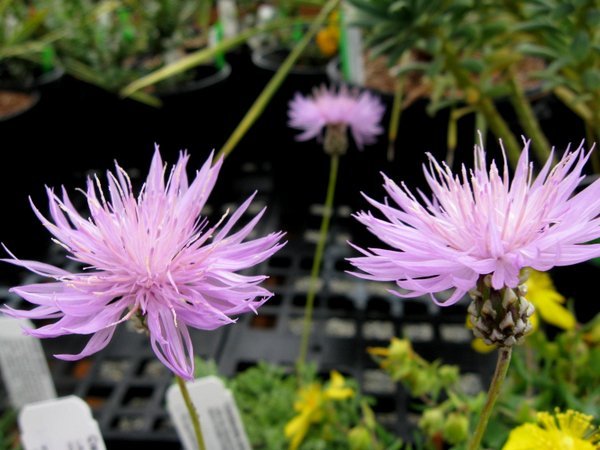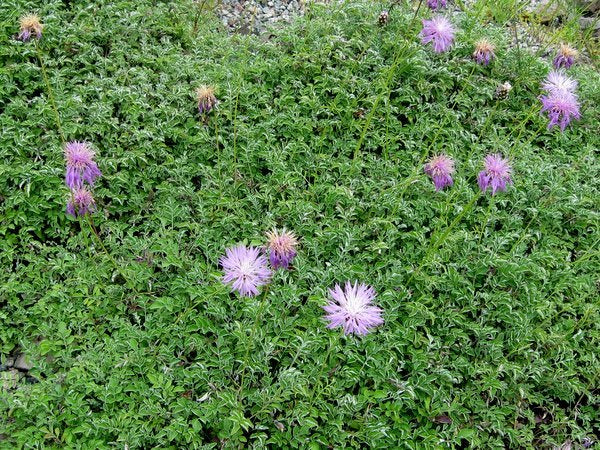Sort by:
1775 products
1775 products
Ahh the beach, sun, salt, spray and....botanizing? What can we say we can't help ourselves, and locally when doing some beachside botanizing what is likely to draw you in is that perfect beach body, hairy and bigheaded, that's right we're talking Carex macrocephala, the big-headed sedge. Normal grassy sedges have edges leaves but with far more flower power than your average Carex. Rare in cultivation so sandy and well-draining if you want to be safe, but will likely tolerate a wide range of conditions like its brethren.
One of the Asian hornbeams longest in cultivation, as well as one of the most graceful, yet still sadly rare particularly here in the US. Most introductions trace back to the Himalayas and China, whereas this is possibly the first from Vietnam collected and shared with us by Aaron Floden. Gently drooping branches and pendulous catkins give a soft weeping effect (particularly good in this clone) without the messiness of a true weeper. A beauty and with good hardiness for its origins surviving -6 F in Aaron's home garden.
